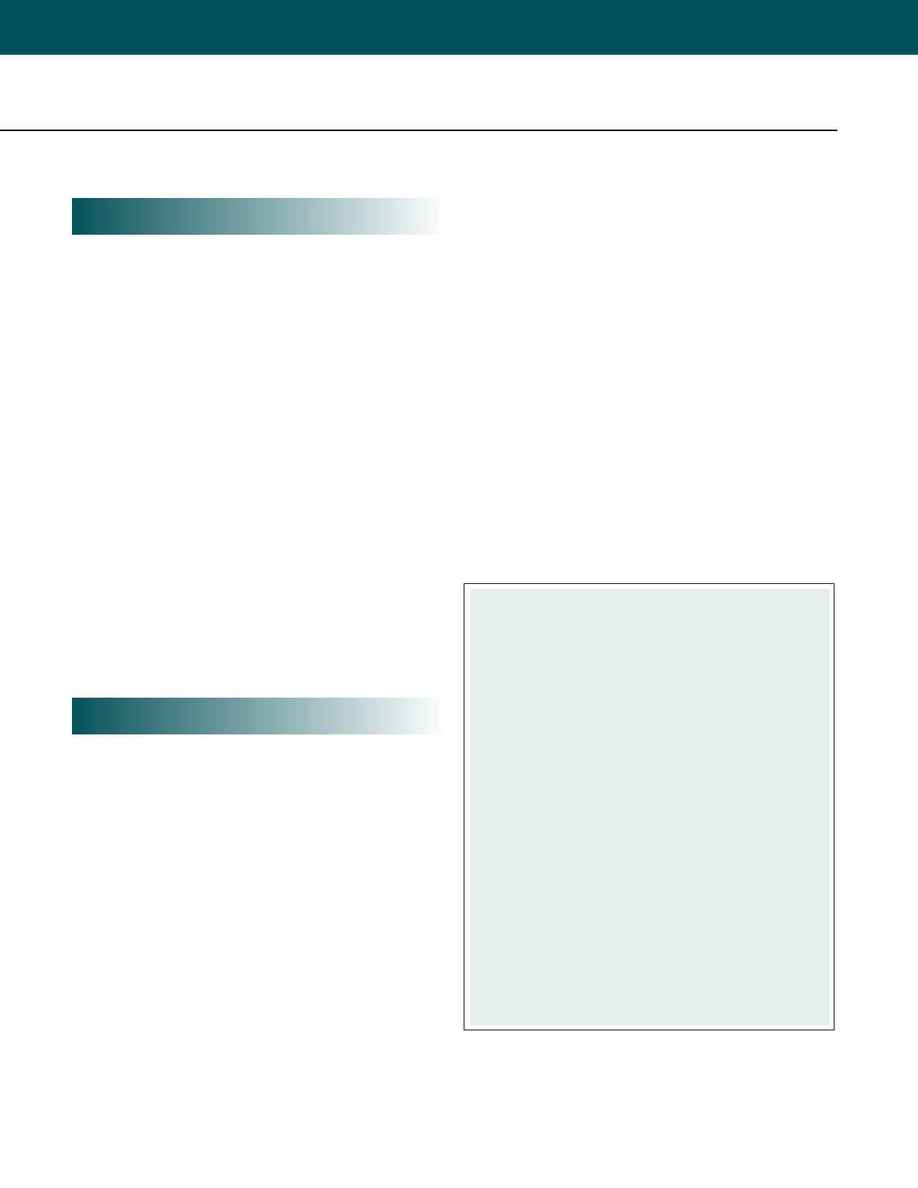
E-SERIES
M O T I O N C O N T R O L L E R S
IOC-7007 I/O Controller
The IOC-7007 I/O controller provides an intelligent solu-
tion for handling inputs and outputs. The IOC-7007 con-
troller base accepts up to seven Galil I/O IOM modules.
IOM modules are available with TTL inputs, optoisolated
inputs, optoisolated outputs, high power outputs, dry con-
tact relays, analog inputs and analog outputs.
Galil's IOC-7007 has a 10/100 Base-T auto-negotiable
Ethernet port allowing it to communicate with multiple
devices in an Ethernet network. It allows easy integration
of Galil's Ethernet motion controllers with I/O and elimi-
nates the need for an external PLC.
The IOC-7007 is programmable and includes 500 lines
of non-volatile program memory, variables, arrays and mul-
titasking for concurrent execution of up to eight different
programs. The controller also includes 1 PLC thread with
deterministic timing. The programming language is similar
to Galil's motion controller language allowing seamless
integration of motion and I/O.
The IOC-7007 is available as a packaged unit, as a DIN
rail mount unit, or as a card-level product. The box-level
version accepts 90-260 VAC or 20-60 VDC. The DIN rail
and card-level unit accept 20-60 VDC.
70
·
Galil Motion Control, Inc.
·
www.galilmc.com
DESCRIPTION
APPLICATIONS PROGRAMMING
The IOC-7007 command language is similar to the com-
mand language of Galil motion controllers, but the motion
specific commands are removed and additional I/O
commands added. The language is comprised of intuitive,
two-letter English-like ASCII commands designed to make
programming as quick and easy as possible. For example,
the command "SB1" sets output bit 1 and "CB1" clears
output bit 1. The complete set of commands is described
in the following Command table.
Like all Galil motion controllers, the IOC-7007 has the
ability to store and execute complex application programs
designed by the user. Such application programs can be
downloaded directly to the controller and executed with-
out host intervention. Special commands are available for
application programming including event triggers, condi-
INSTRUCTION
INTERPRETATION
#TASK1
Task1 label
AT0
Initialize reference time
CB1
Clear Output 1
#LOOP1
Loop1 label
AT 10
Wait 10 msec from reference
time
SB1
Set Output 1
AT -40
Wait 40 msec from reference
time, then initialize reference
CB1
Clear Output 1
JP #LOOP1
Repeat Loop1
EN
End task
#TASK2
Task2 label
XQ #TASK1,1
Execute Task1
#LOOP2
Loop2 label
WT20000
Wait for 20 seconds
HX1
Stop thread 1
MG"DONE"
Print Message
EN
End of Program
tional jumps, IF/THEN/ELSE statements, subroutines,
symbolic variables and arrays. For example, the command
WT 1000 waits for 1000 msec prior to execution of the
next command. The command JP#A,@IN[1]=0 jumps to
label #A if input 1 is equal to zero. Mathematical and
trigonometric operations are also included for manipulat-
ing data and variables. For example:
V1=@ABS[V7]
The variable, V1, is equal to the absolute value of the
variable V7.
V2=5*@SIN[POS]
The variable, V2, is equal to five times the sine of the
variable, POS.
The IOC-7007 permits multitasking, which allows up to
eight application programs to execute simultaneously. An
additional task can be executed in a special PLC mode
which is described in the next section.
Example
